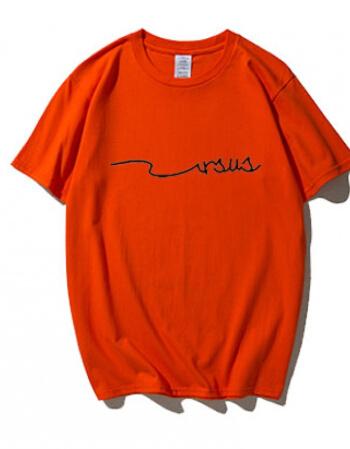Yes, sewing is a common garment processing method. The following are the basic steps and precautions for garment sewing:
Basic steps:
1. Preparation: According to the design drawing, select the appropriate fabric and sewing thread, confirm the required cutting size, and prepare the sewing machine or hand sewing tools.
2. Fabric cutting: Cut the fabric according to the design pattern, paying attention to maintaining dimensional accuracy and symmetry.
3. Mark positioning: Use a sewing needle or sewing marker to mark the sewing line track, splicing position and important positioning points of the clothing, such as buttons, on the fabric. Kong et al.
4. Sewing and splicing: According to the design requirements, put the spliced parts of the fabric together, use a sewing machine or hand sewing, and follow the marked sewing line track Perform splicing.
5. Supplementary decoration: According to the design requirements, decorative details can be added to the clothing, such as buttons, zippers, lace, etc. When sewing, you need to pay attention to fixing it firmly and not affecting the overall appearance.
6. Design details processing: processing the design details of collars, cuffs, hems, etc. It can be processed with seam tape, jacquard tape, etc. to make the garment more refined and beautiful.
7. Turning over: Turn the sewn clothes over and check whether there are any threads that have not been cut off or uneven seams. Make corrections if necessary.
8. Steaming and finishing: Use a steam iron and styling tools to steam and finish the clothes to make them look smoother and more beautiful.
Notes:
1. Carefully confirm the design and measurements before sewing Dimensional accuracy to avoid affecting subsequent work.
2. Pay attention to choosing a sewing thread suitable for the fabric and design style.
3. During the sewing process, keep the stitches neat and the thread ends neatly cut to avoid affecting the quality and appearance of the clothing.
4. Pay attention to controlling the strength and speed of splicing and sewing to keep the stitches smooth and consistent.
5. Pay attention to the accuracy of the positioning marks to avoid misalignment of the splicing position or asymmetrical shape of the clothing.
6. When adding decoration and design details, ensure that the decorations are firmly fixed and do not affect comfort and overall effect.
7. During the final inspection process, carefully check the stitching, splicing, symmetry and other problems of the clothing, and make timely corrections.
8. Finally, keep sewing tools and materials properly and keep the work area tidy to ensure safety and efficiency.
The above are the basic clothing sewing steps and precautions, but there may be more details and special requirements in actual operation, which need to be adjusted according to the specific situation. and processing.





